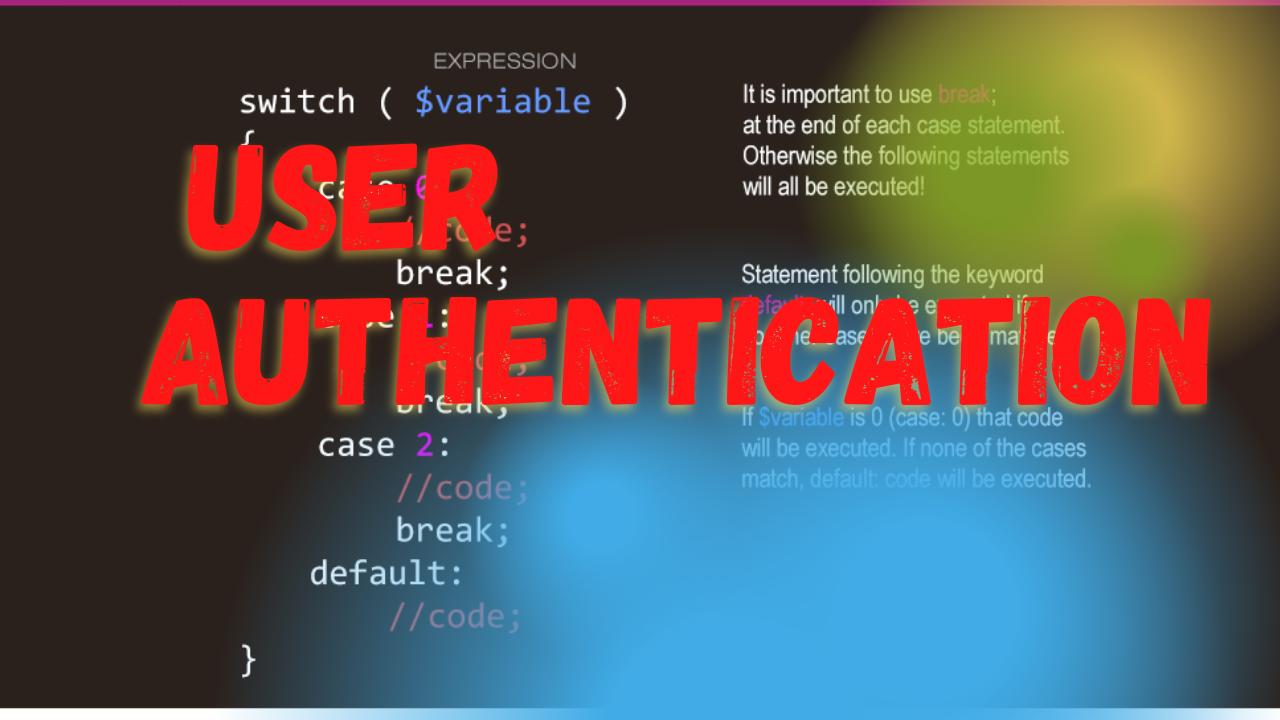User authentication is a crucial component in many web applications. Laravel, one of the most popular PHP frameworks, offers several powerful options for integrating user authentication systems. This article explores how to implement user authentication in Laravel using its built-in features and packages like Laravel Breeze, Laravel Jetstream, and Laravel Sanctum.
Understanding Laravel Authentication
Laravel provides several tools to simplify the process of adding authentication to your web application. Whether you're building a traditional web application with session-based authentication or a modern API, Laravel has a solution tailored for your needs.
Step 1: Setting Up
Before you begin, ensure you have a Laravel environment set up. If you need to create a new project, you can do so using Composer:
composer create-project --prefer-dist laravel/laravel yourAppName
After setting up your project, configure your .env file with the appropriate database connection details.
Step 2: Choose an Authentication Package
Laravel offers several packages for authentication:
- Laravel Breeze – A simple, lightweight solution for implementing basic Laravel authentication, including login, registration, email verification, and password reset.
- Laravel Jetstream – A more robust solution providing additional features like two-factor authentication, session management, and API support via Laravel Sanctum.
- Laravel Sanctum – Provides a featherweight authentication system for SPAs (single page applications), mobile applications, and simple token-based APIs.
Implementing Laravel Breeze
Laravel Breeze is the simplest way to add authentication:
- Install Laravel Breeze via Composer:
composer require laravel/breeze --dev - Run the Breeze installer:
php artisan breeze:install - Migrate your database to create necessary authentication tables:
php artisan migrate - Compile your assets (if necessary) and start your Laravel development server:
npm install && npm run dev php artisan serve
Your Laravel application now has a basic authentication system.
Implementing Laravel Jetstream
For more advanced features, choose Laravel Jetstream:
- Install Jetstream:
composer require laravel/jetstream - Install Jetstream with Livewire or Inertia:
php artisan jetstream:install livewire // or php artisan jetstream:install inertia - Migrate your database and install npm packages:
php artisan migrate npm install && npm run dev - Launch the application:
php artisan serve
Jetstream provides robust features including team management and profile management.
Step 3: Testing and Customization
Once installed, you should test your authentication flows. Laravel makes it easy to customize views, validation rules, and behaviors. Check the official Laravel documentation for detailed guidance on customizing each part of the authentication process.
Conclusion
Integrating user authentication in Laravel is streamlined thanks to its pre-built systems like Laravel Breeze and Laravel Jetstream. Whether you're building a simple blog or a complex enterprise application, Laravel provides the tools necessary to secure your application effectively.
By implementing these authentication systems, you can ensure that your Laravel applications are secure, robust, and ready to handle real-world user interactions efficiently.
This blog post guides readers through the process of integrating user authentication in Laravel, providing them with the necessary steps and insights to secure their Laravel applications effectively.




